The Hyundai Ioniq 9 is the firm’s largest, most luxurious and longest-legged electric car yet, taking the fight to the Volvo EX90 with seven seats, up to 429bhp and a maximum range of 385 miles.
The flagship of Hyundai’s expanding Ioniq range of bespoke EVs shares its E-GMP platform with the Ioniq 5 crossover and Ioniq 6 saloon, and will take the brand into unprecedented territory with a top-end price tag approaching £80,000.
It was revealed at the Los Angeles motor show last week, the same event where in 2021 Hyundai previewed its bold design cues, lounge-like interior and sleek, aero-optimised bodywork with the futuristic Seven concept. Like its Ioniq range-mates, the 9 stays largely true to the show car that preceded it, retaining its unusual tapered cabin, heavily raked roof, bluff rear end and optionally swivelling middle-row seats.
Apart from the Seven’s reverse-opening doors and rear sofa, though, one notable element the production car does not keep is the concept’s name, having been rebranded as the 9 during development to make space for smaller Ioniq 7 and 8 models below - though Hyundai remains tight-lipped on what these will look like or when they will arrive.
The Ioniq 9’s California debut is emblematic of its prevailing focus on the American market, where much of its development has taken place, building on the success of the similarly positioned, ICE-powered Hyundai Palisade SUV, launched in 2019. Nonetheless, the Ioniq 9 is a global car and will be a close rival to the similarly sized Volvo EX90, Mercedes-Benz EQS SUV and Kia EV9 – to which it is closely related – when it lands in the UK around the middle of 2025.
As the firm’s most overtly premium-focused model yet, the Ioniq 9 has a significant role to play in attracting conquest custom to Hyundai from established upmarket brands like Audi and BMW. Design boss Simon Loasby was confident it can serve this purpose, telling Autocar that the Ioniq 9 is emblematic of Hyundai’s drastic shift in positioning and perception in recent years: “For the amount of money you’re spending, you’re getting an incredibly premium car. People would argue that Hyundai isn’t premium, but when you see what you get, and the quality of execution and the technical content, even the [new entry EV] Inster is a premium car. Hyundai has gone from being a white goods manufacturer, as one journalist said of the Ioniq 6, to one of emotional, desirable, attractive, high-quality vehicles.”
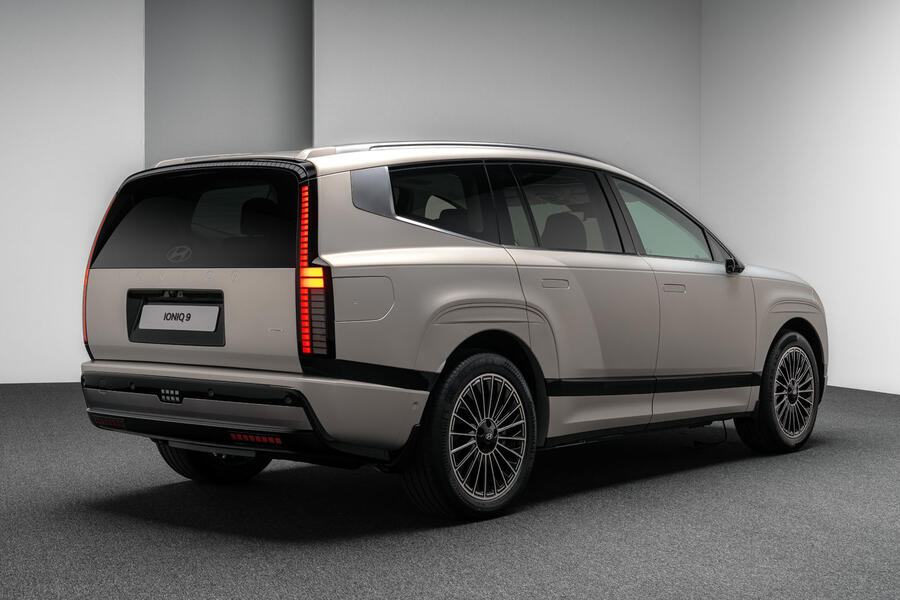

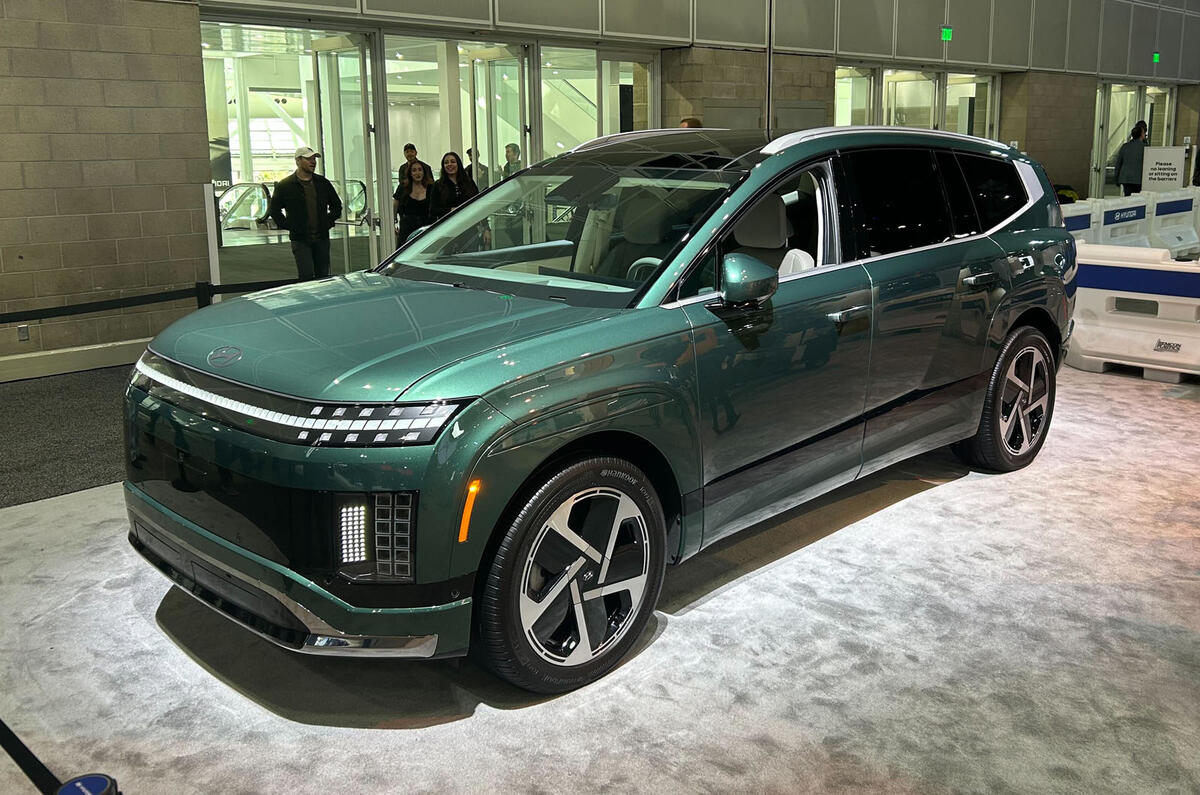
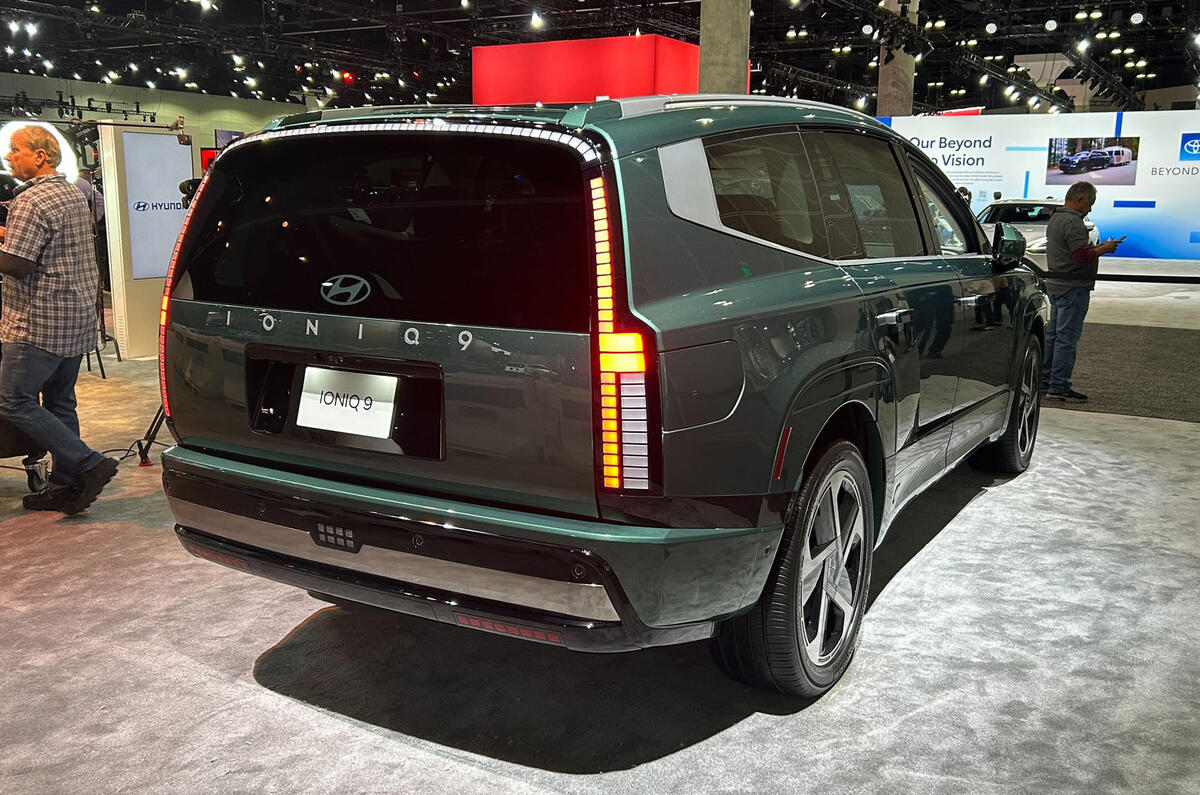
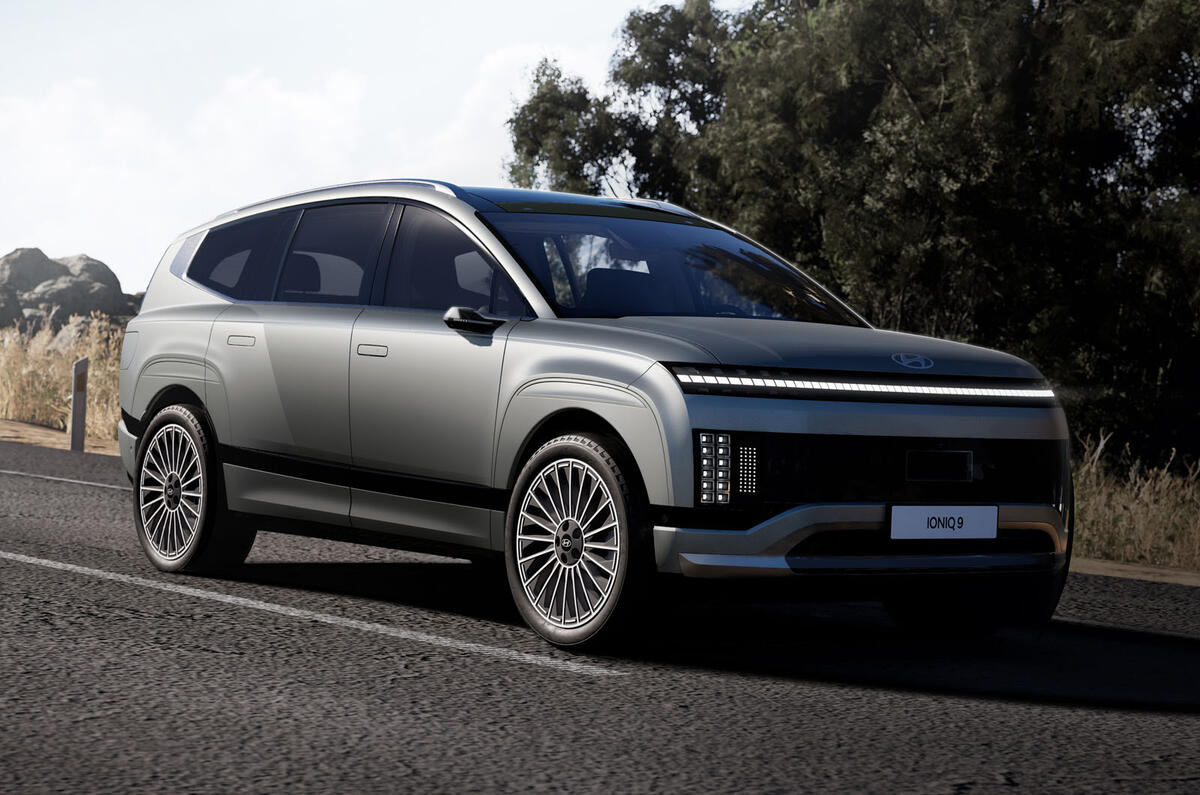
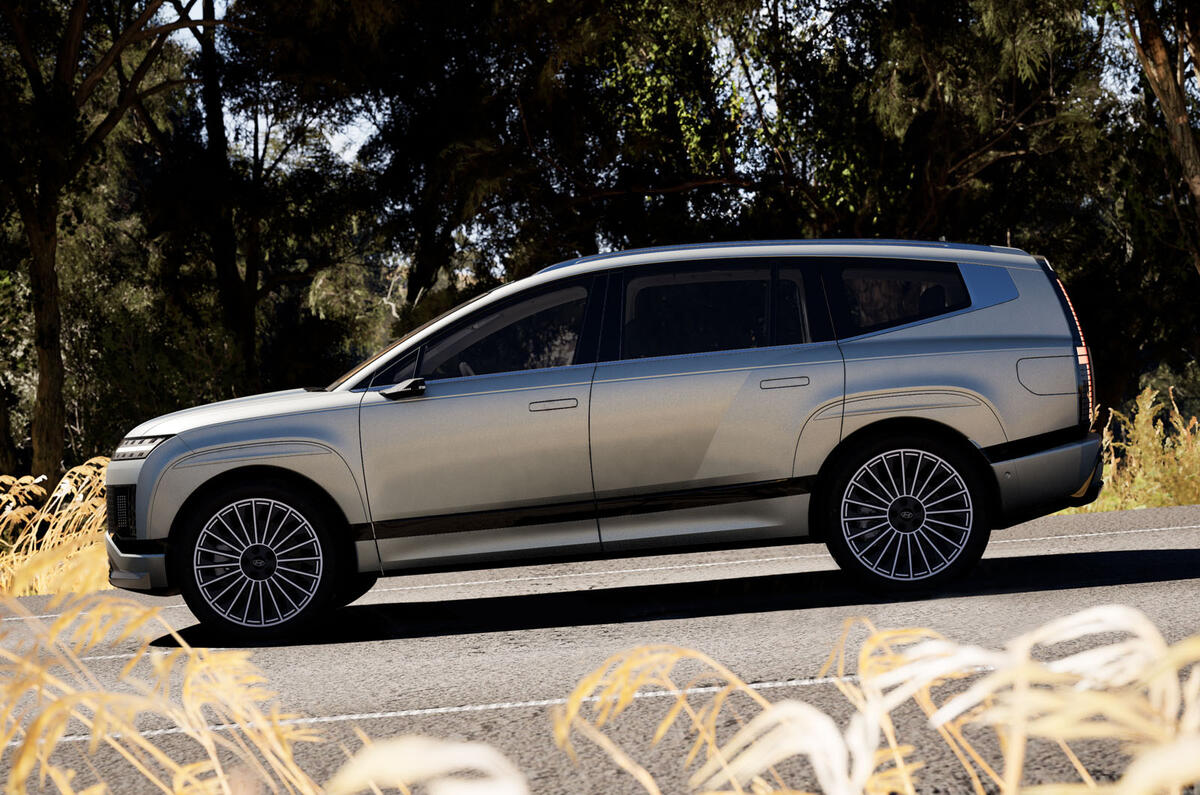
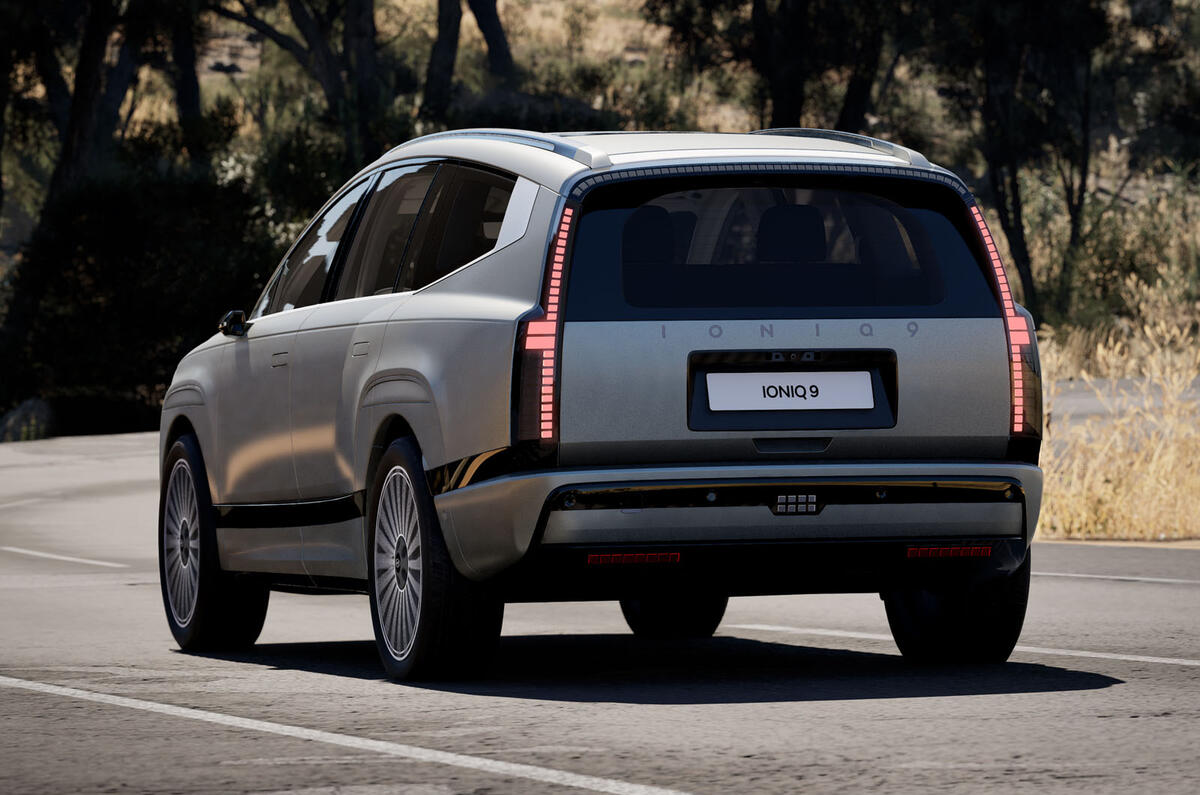

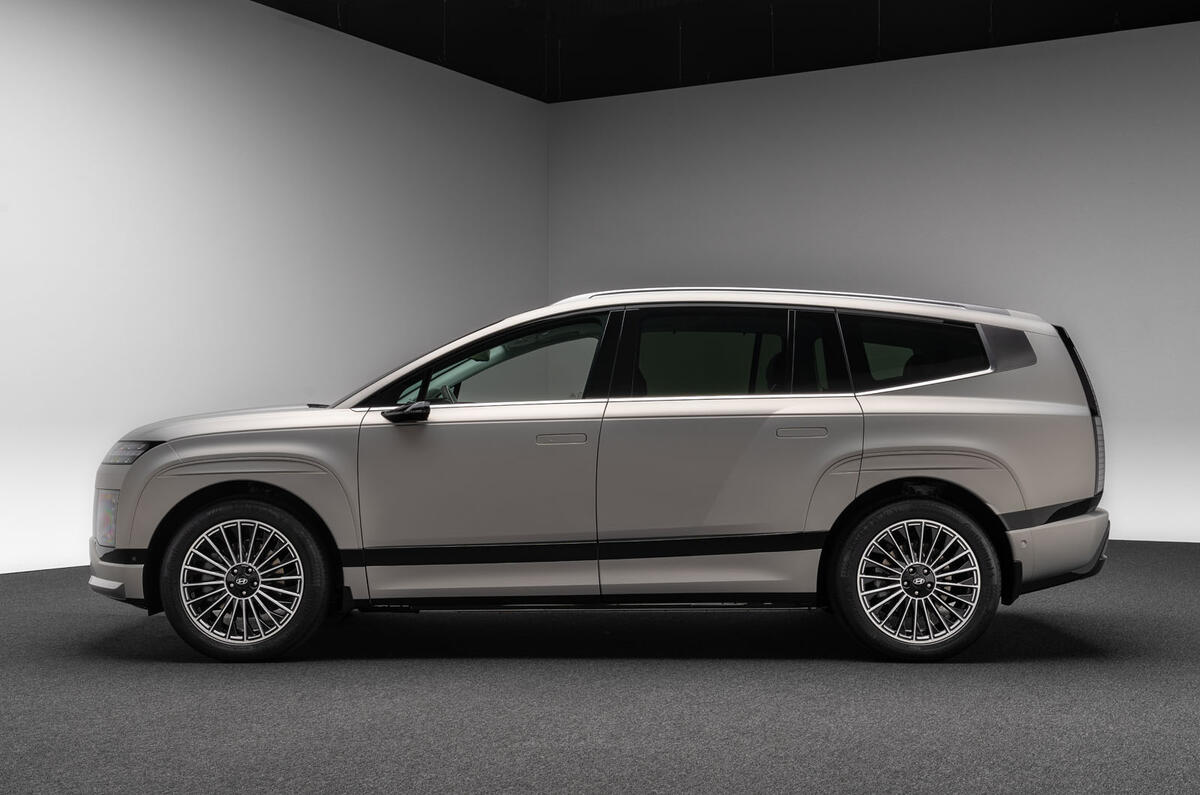
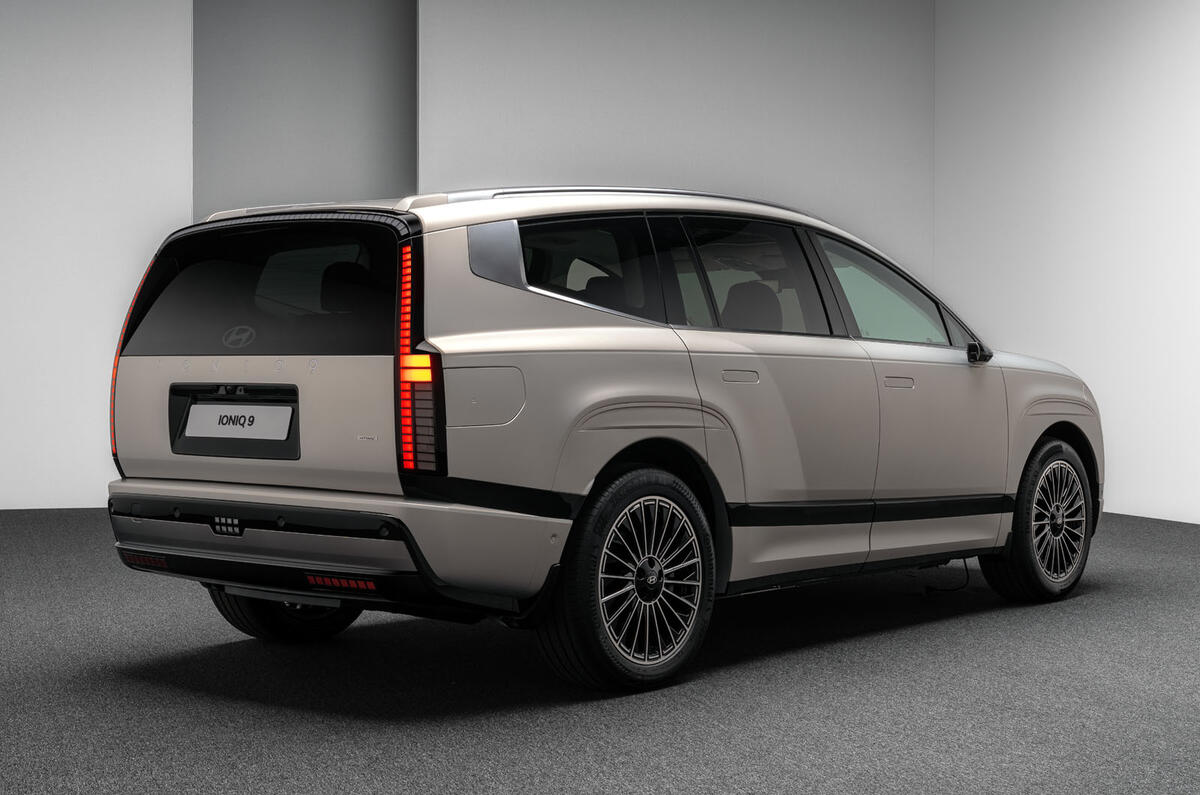
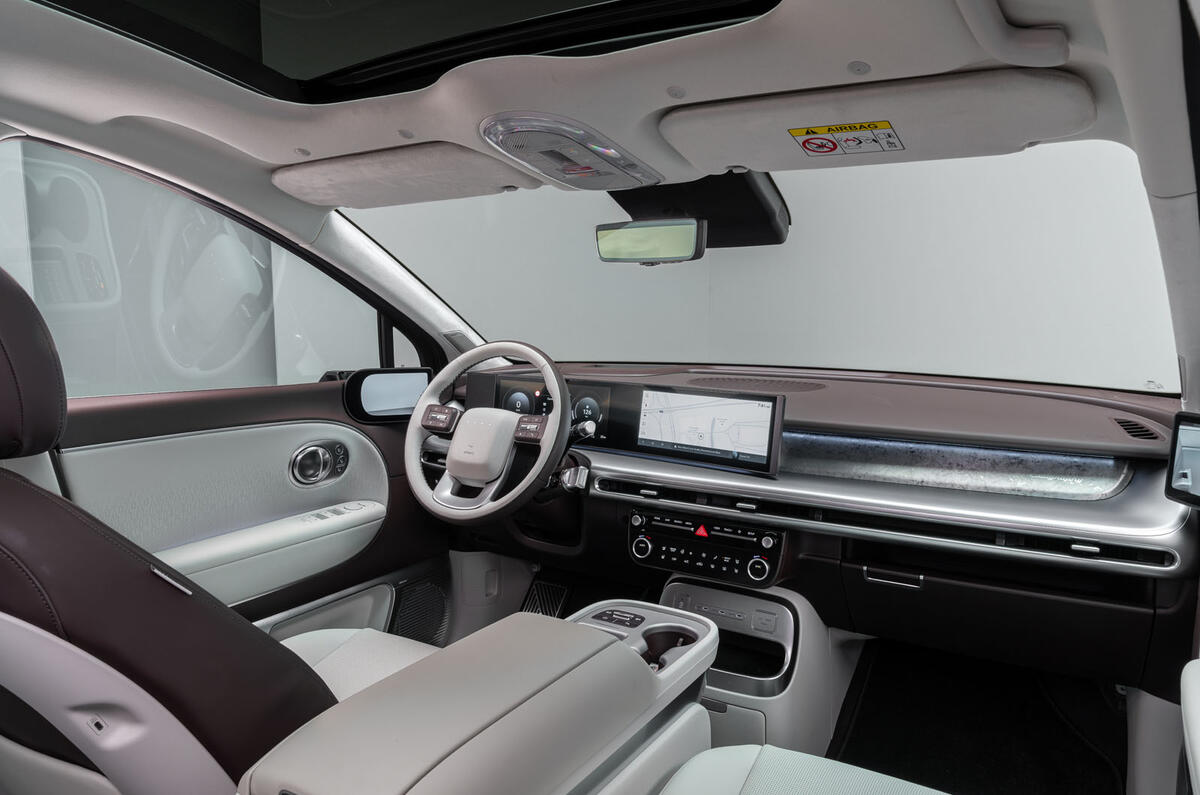
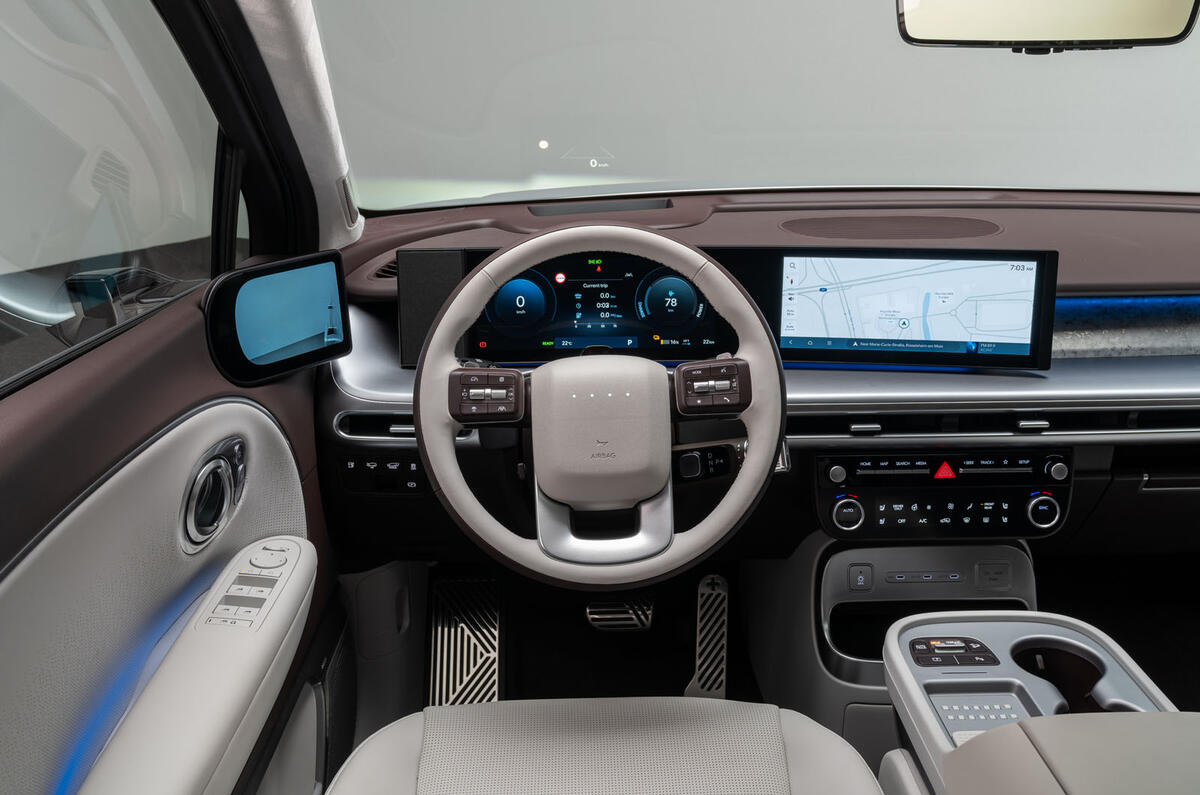
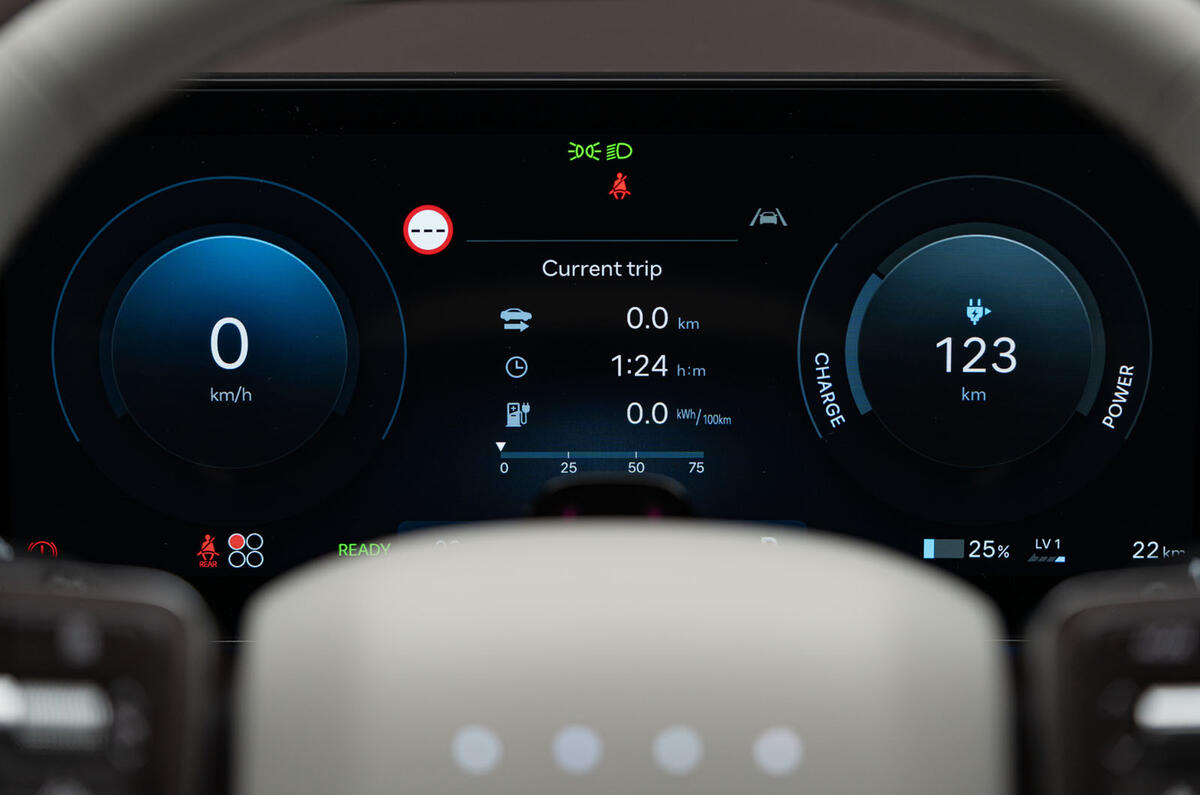
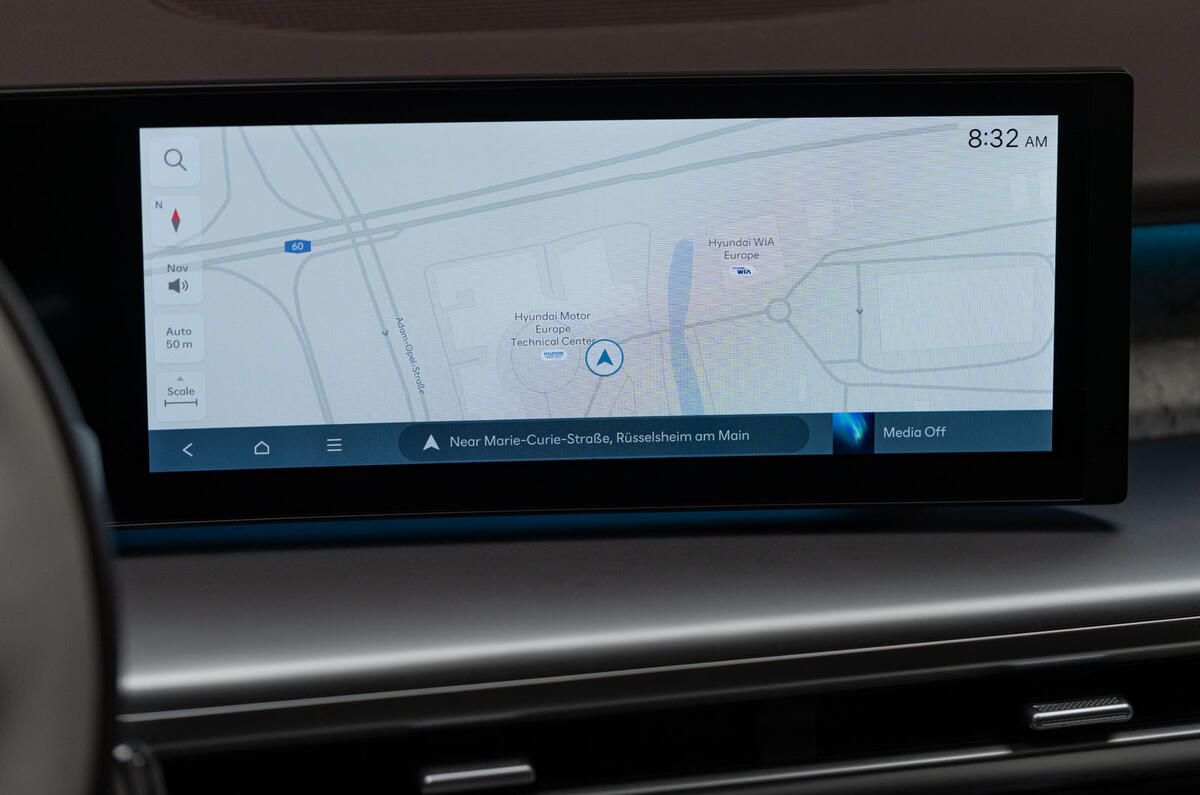
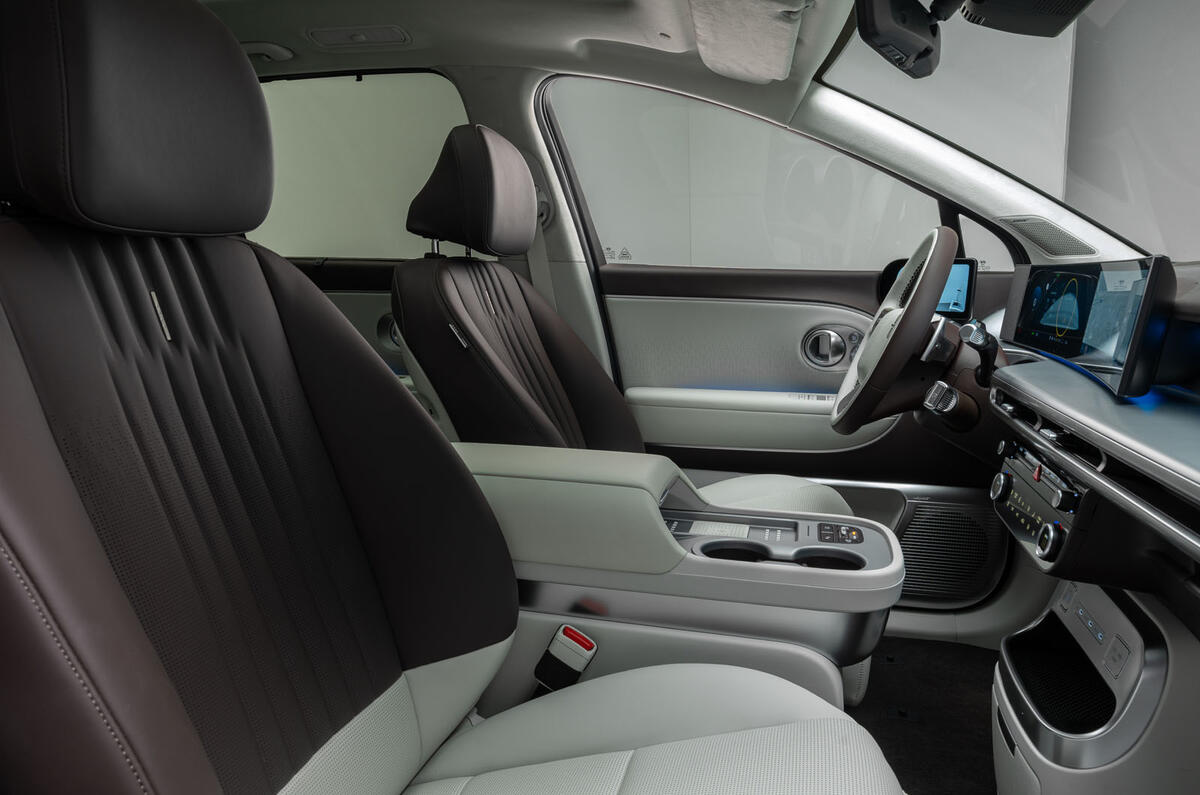
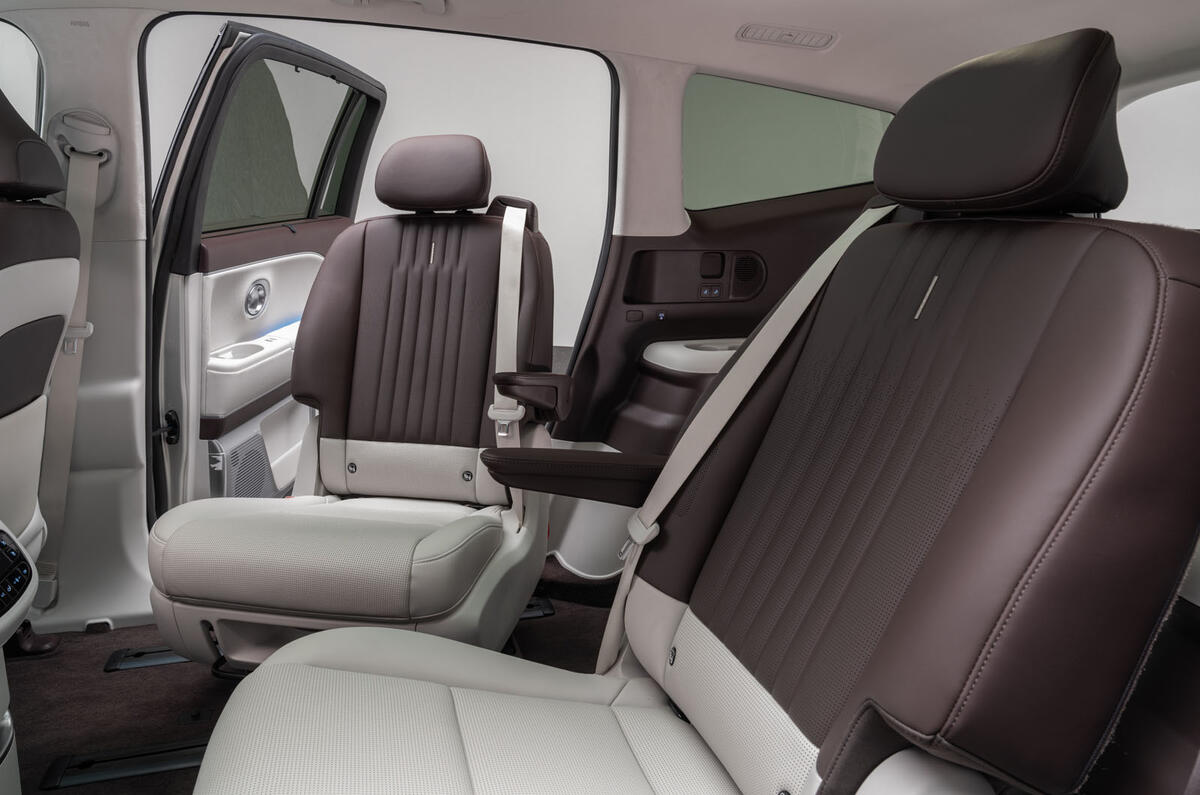

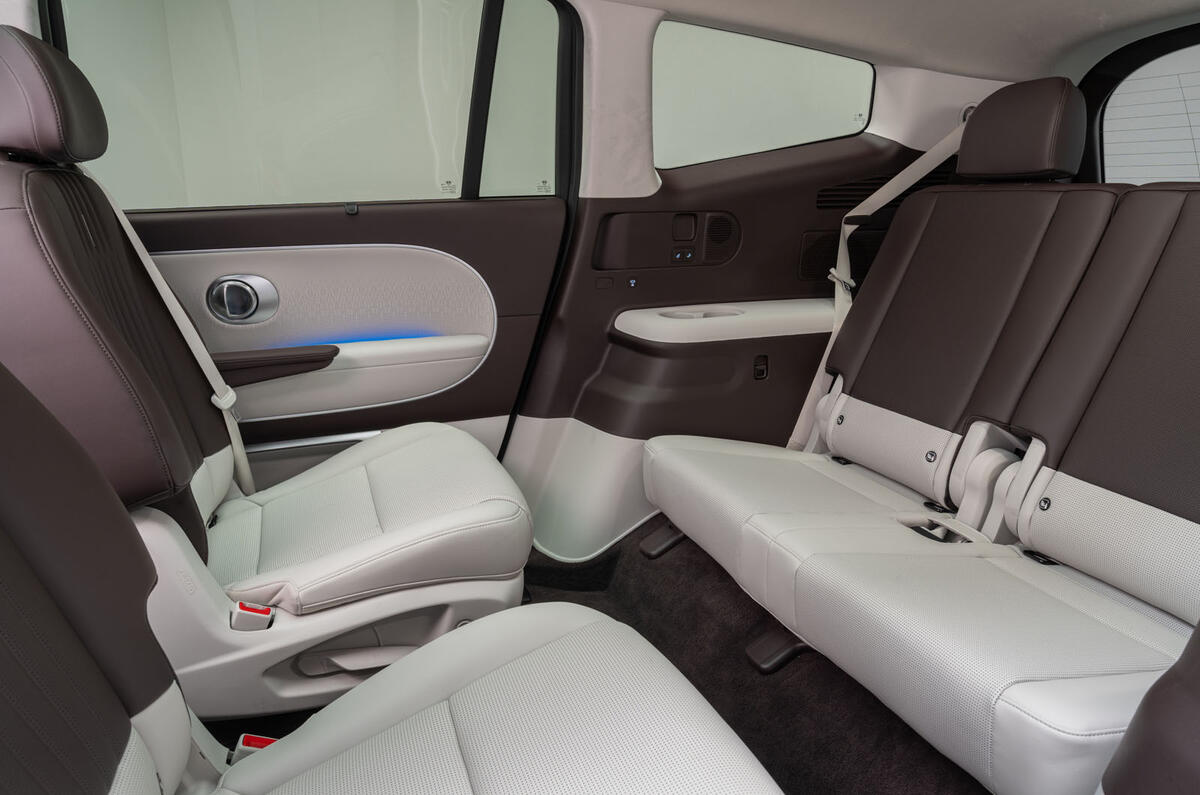
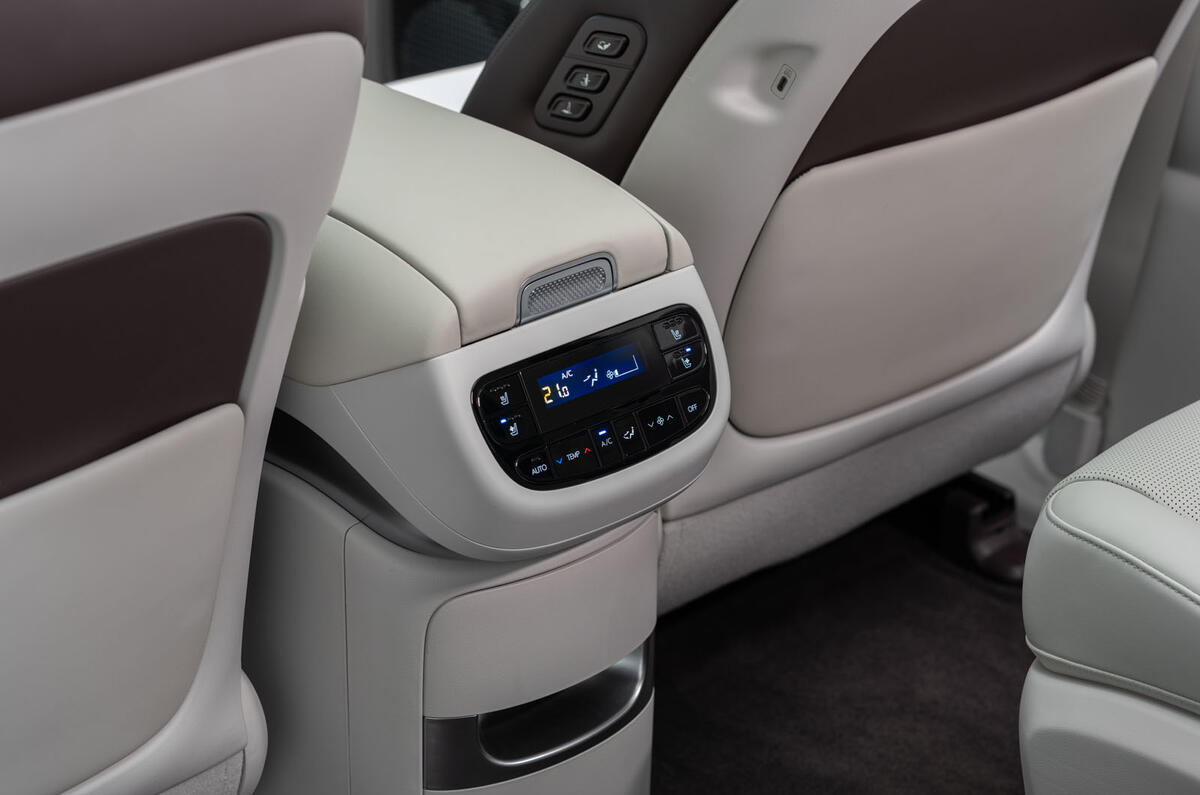
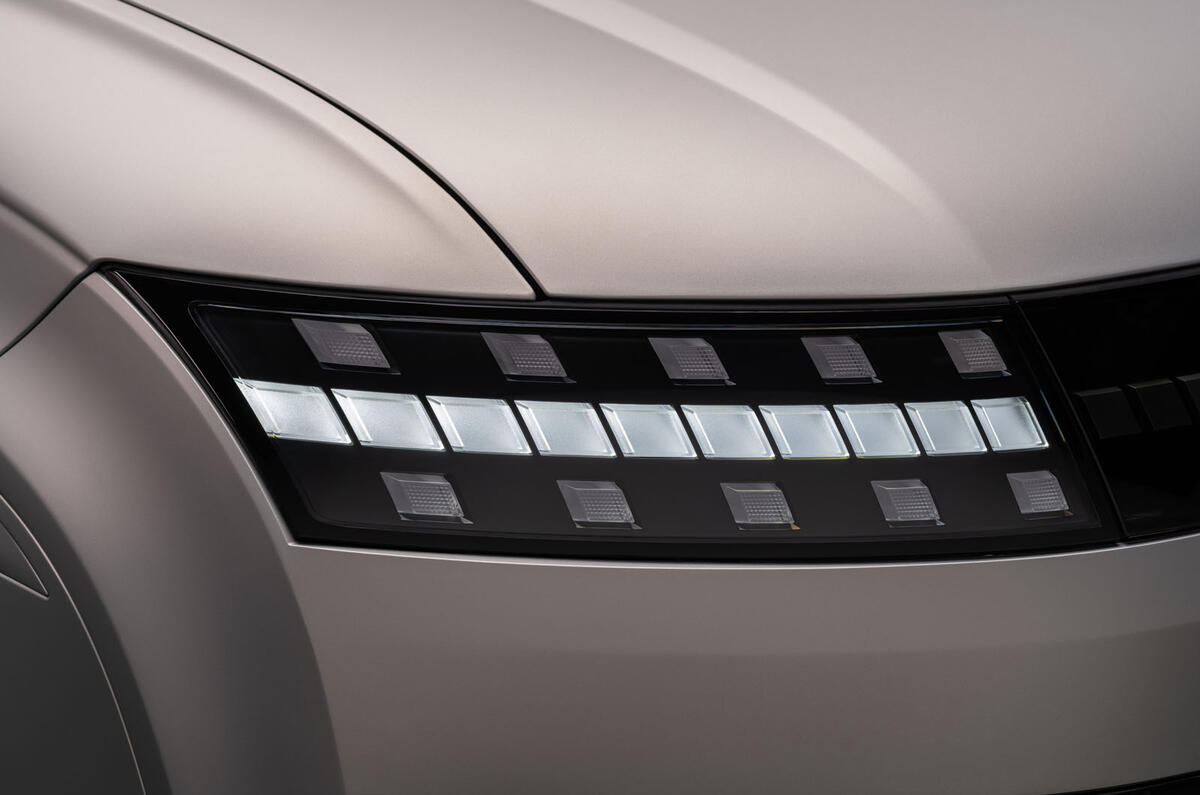
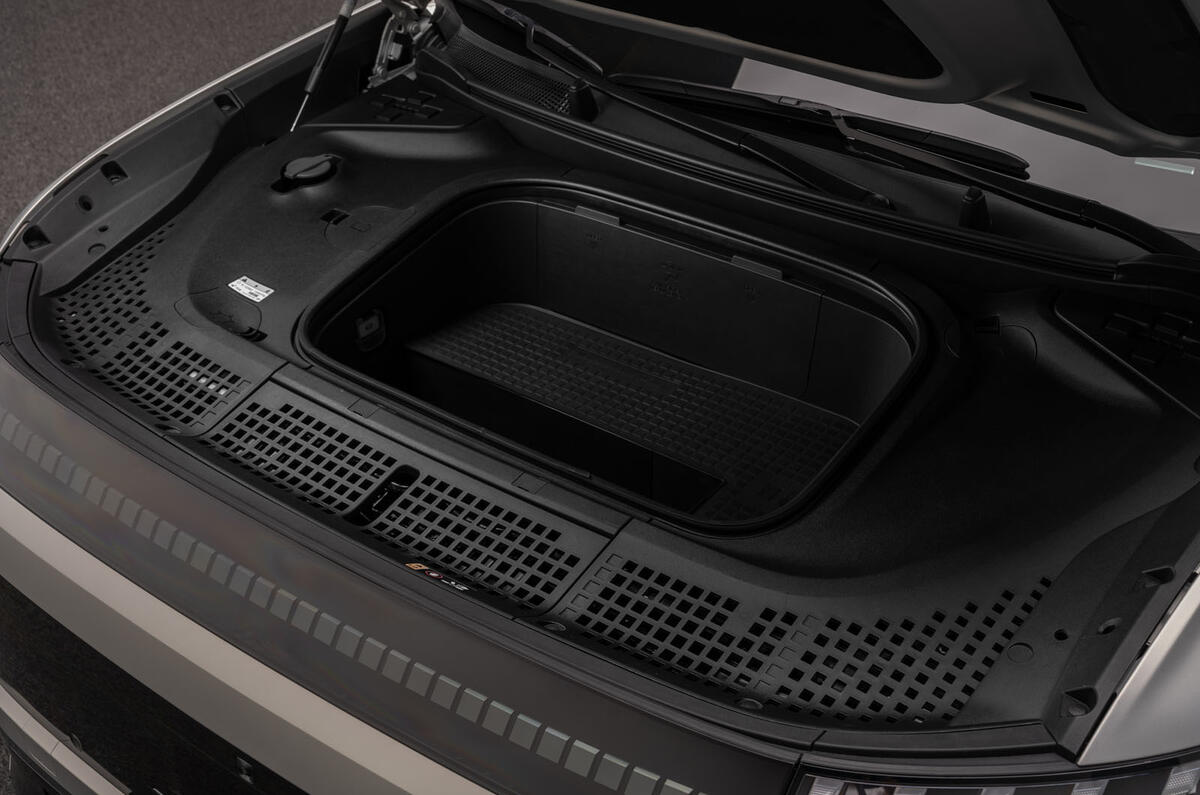
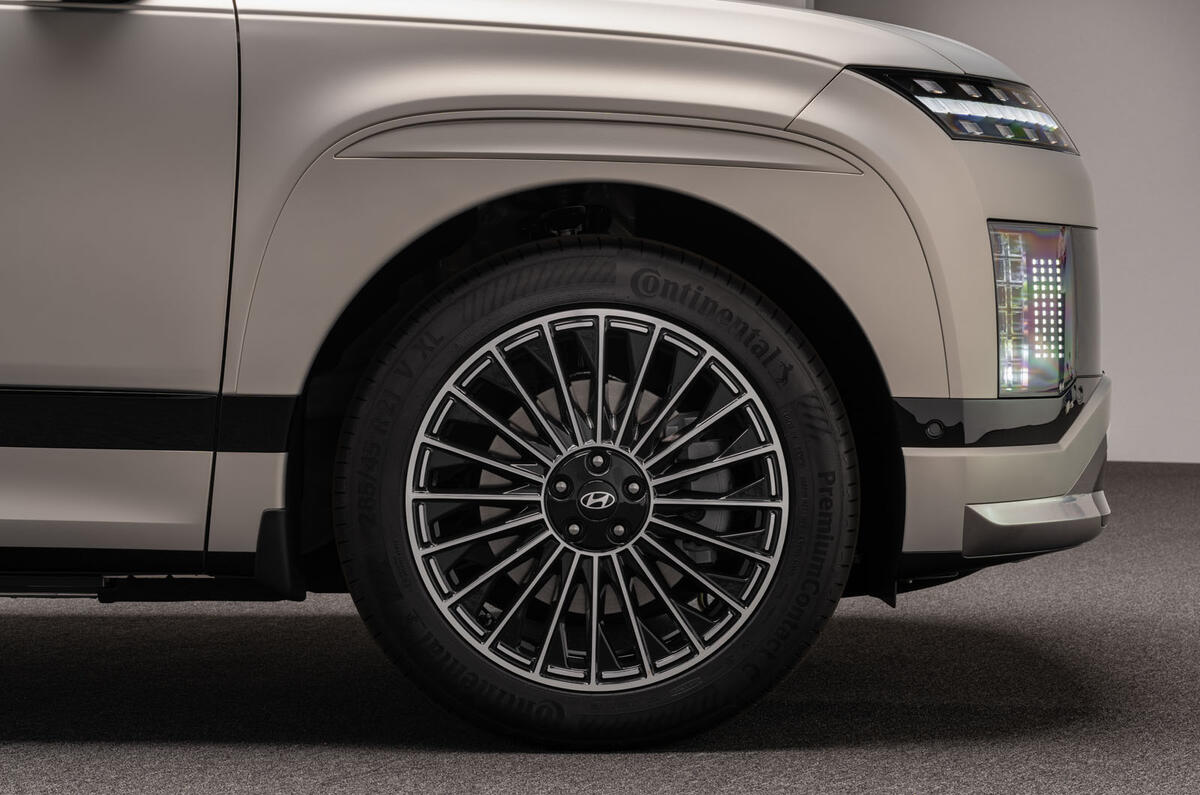
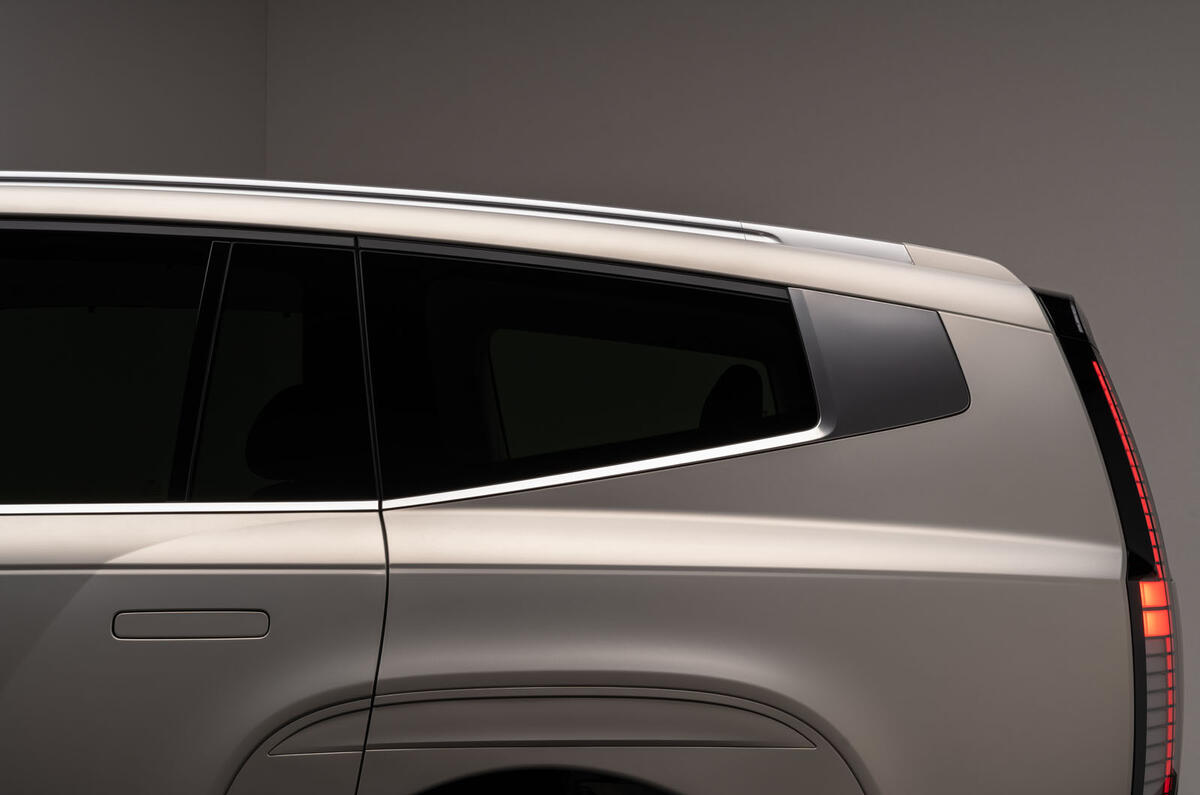

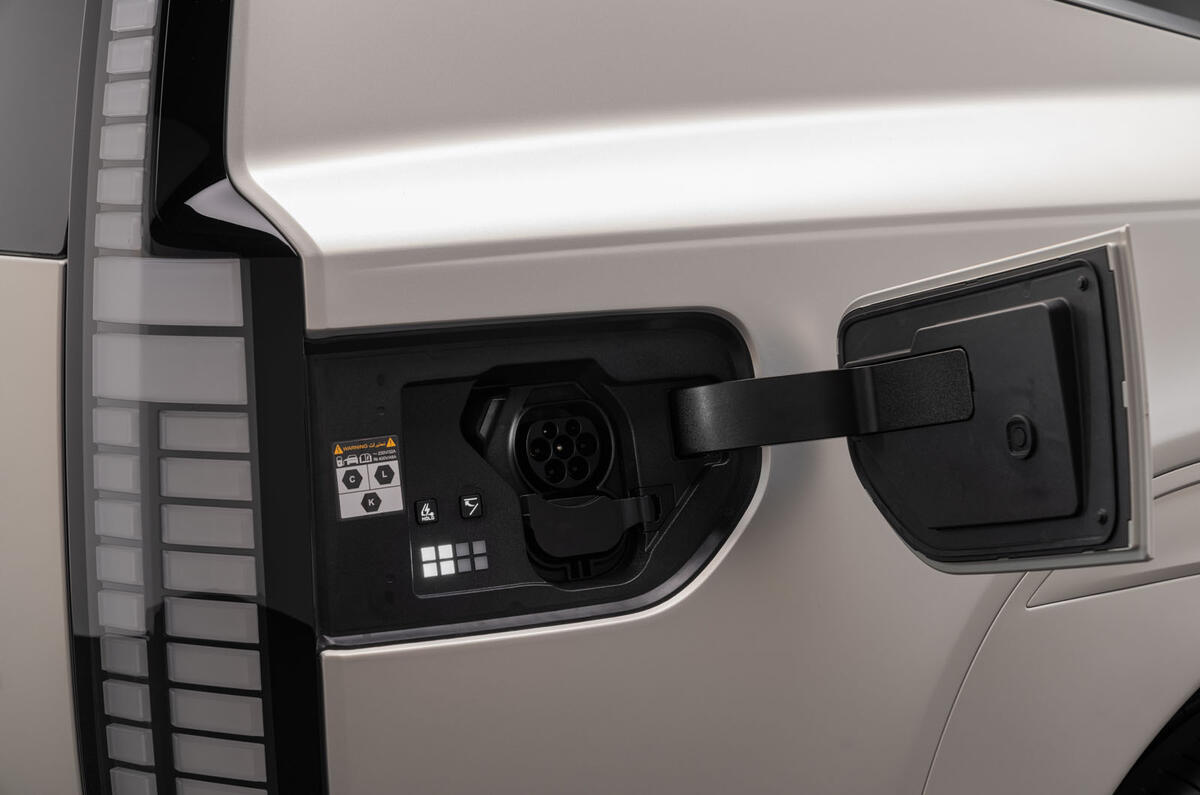
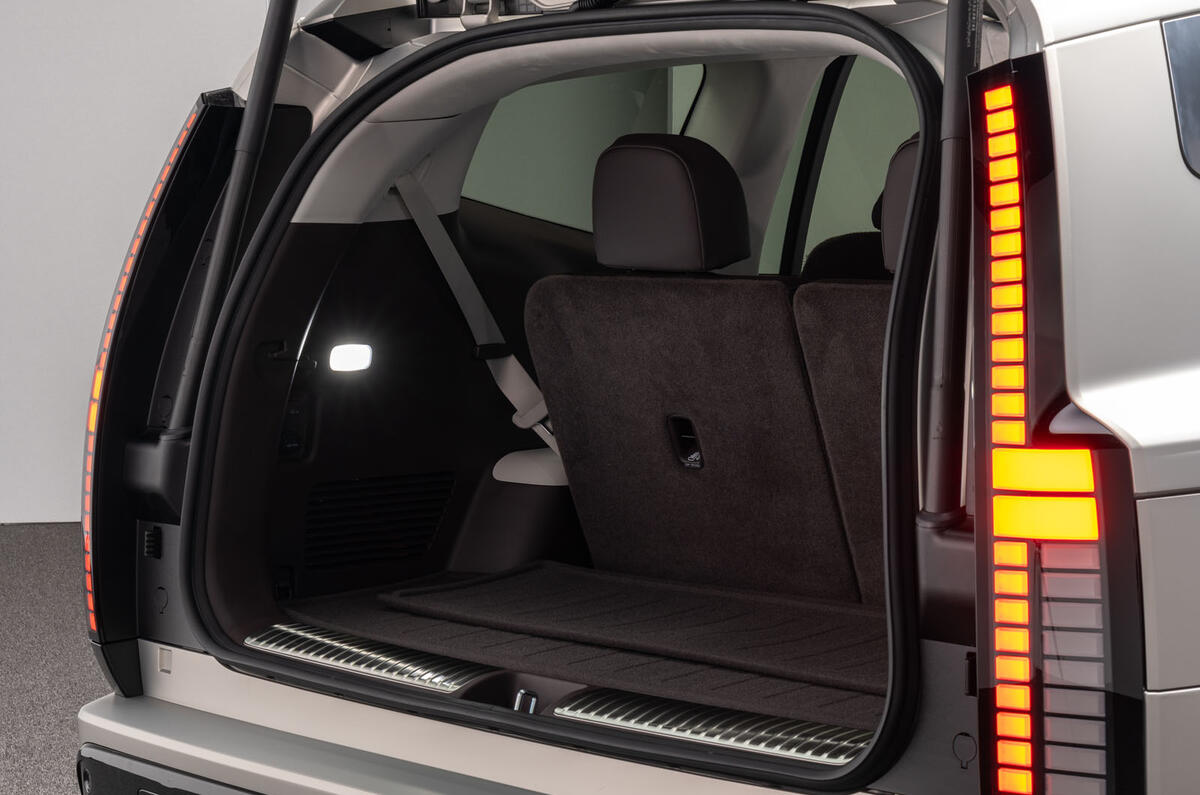

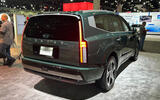
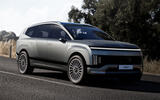
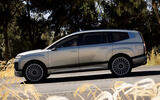
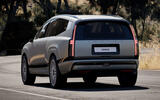

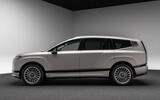
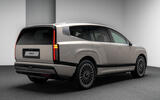
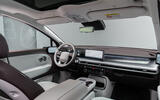
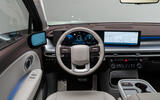
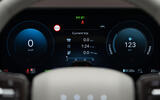
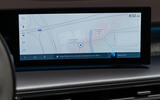
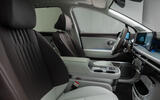


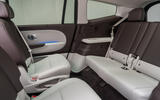
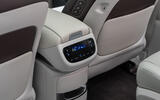
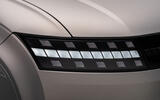
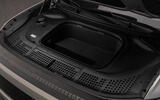
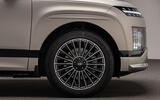
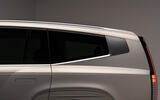

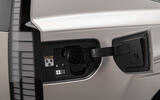
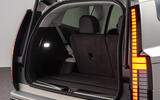



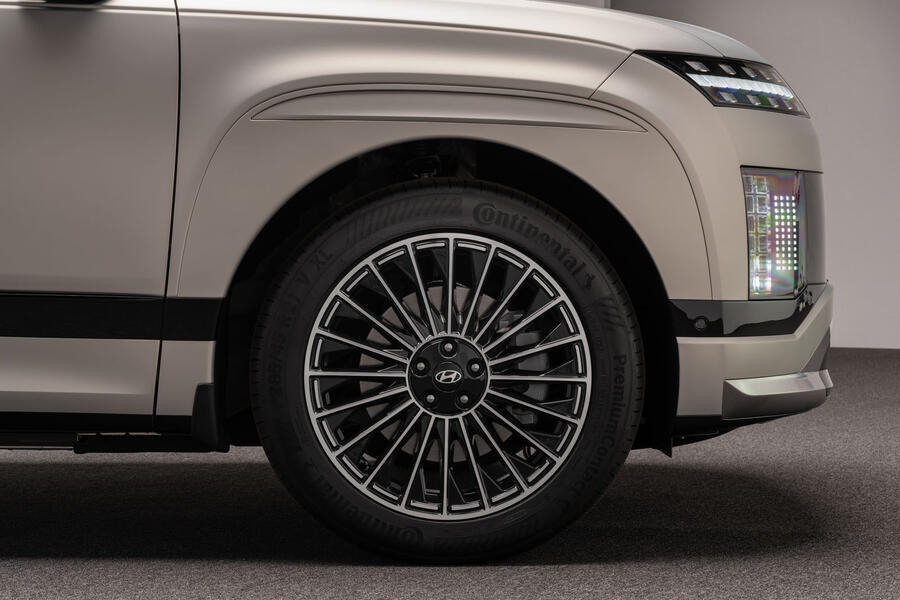
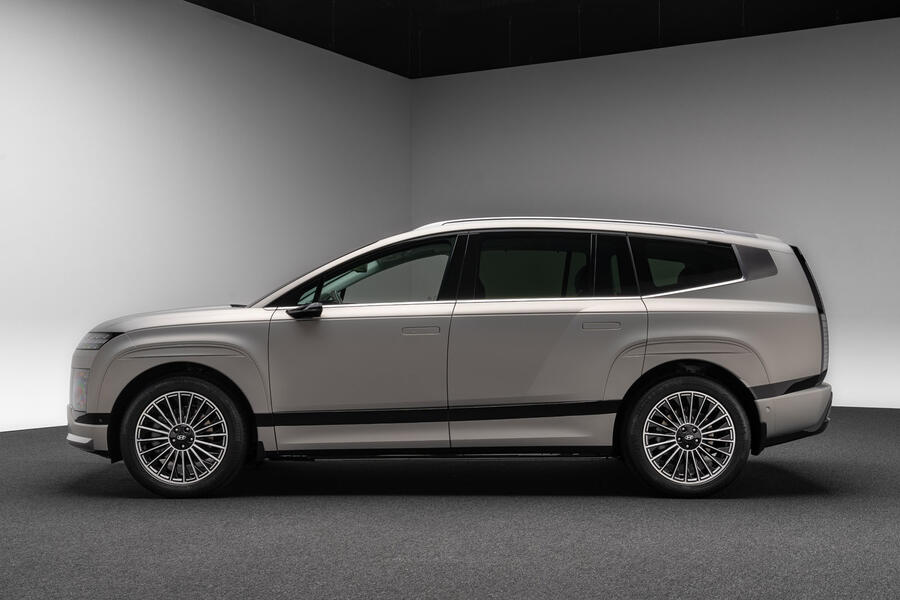

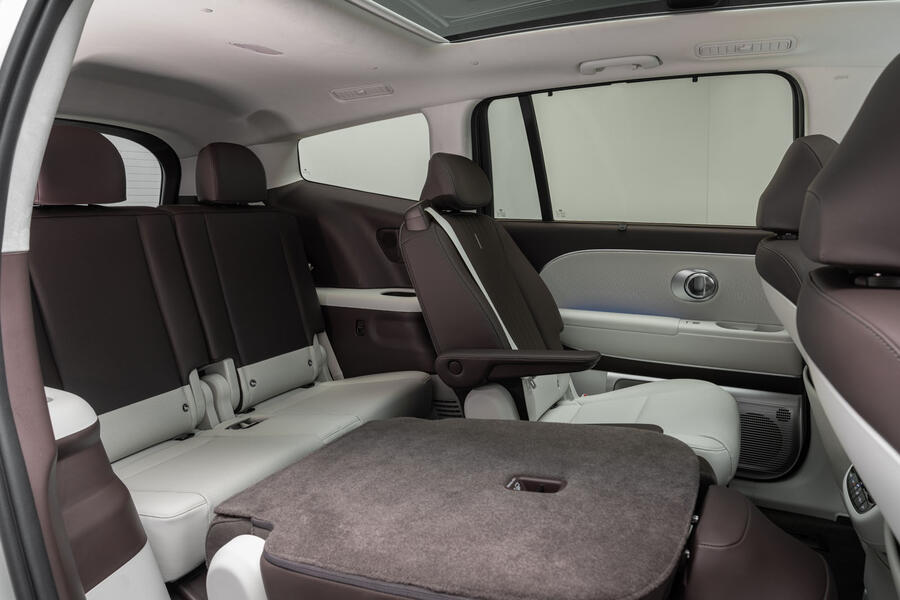







Join the debate
Add your comment
What a lumpy bland design! The Korean brands, are just not getting the fine balance of proportion and harmony in design. To compensate, throw in all the glitzy bit, tech bits etc to cover up the fact that it's not a well thought out product. Some colleagues in 2022 pointed out that Koreans are the Germans in Asia, in terms of design. It's rings true by each passing year, model after model, a discoherent mess, just like the current state of German design. The Chinese cars, at least some of them bearing big names are quickly getting far better than the Koreans. Design is subjective, even then the oddities are showing up very brightly.
Just where is this all going please? This is basically the Kia EV9 with a different skin. Both obscenely large, expensive bricks, and with 100kWh batteries. Just imagine how many PHEV's a battery of the size could make? This will be a £70k+ car with a Hyundai badge. The world has gone bonkers mad. I saw my first EV9 the other day, and I really hope it's my last.
If it had a Range Rover badge it would be a steal. Car brand snobbery.
I think that it looks quite good perhaps tuned to North American tastes than European but really wouldn't it be betted sold as a Genesis rather than a Hyundai,Kia also part of the same conglomerate has already got the big EV9 which is in the same sector as this and could well lose sales to it's compatriot